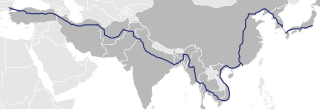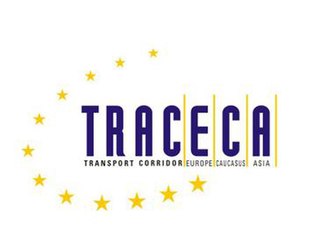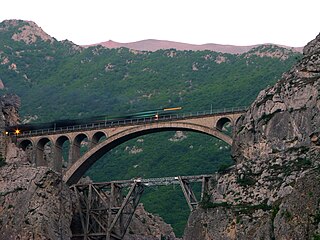 W
WIran has a long paved road system linking most of its towns and all of its cities. In 2011 the country had 173,000 kilometres (107,000 mi) of roads, of which 73% were paved. In 2008 there were nearly 100 passenger cars for every 1,000 inhabitants.
 W
WAsian Highway 1 (AH1) is the longest route of the Asian Highway Network, running 20,557 km (12,774 mi) from Tokyo, Japan via Korea, China, Southeast Asia, Bangladesh, India, Pakistan, Afghanistan and Iran to the border between Turkey and Bulgaria west of Istanbul where it joins end-on with European route E80, running all the way to Lisbon, Portugal.
 W
WBaghestan City and Suburbs Bus Organization is a public transport agency running Transit buses in Baghestan and surrounding areas in Tehran Province.
 W
WEslamshahr and Suburbs Bus Organization is a public transport agency running Transit buses in Eslamshahr County's localities and connects them to Tehran and its Metro System.
 W
WThese are the list of routes in Iran.
 W
WThe International North–South Transport Corridor (INSTC) is a 7,200-km-long multi-mode network of ship, rail, and road route for moving freight between India, Iran, Afghanistan, Azerbaijan, Russia, Central Asia and Europe. The route primarily involves moving freight from India, Iran, Azerbaijan and Russia via ship, rail and road. The objective of the corridor is to increase trade connectivity between major cities such as Mumbai, Moscow, Tehran, Baku, Bandar Abbas, Astrakhan, Bandar Anzali, etc. Dry runs of two routes were conducted in 2014, the first was Mumbai to Baku via Bandar Abbas and the second was Mumbai to Astrakhan via Bandar Abbas, Tehran and Bandar Anzali. The objective of the study was to identify and address key bottlenecks. The results showed transport costs were reduced by "$2,500 per 15 tons of cargo". Other routes under consideration include via Kazakhstan and Turkmenistan.
 W
WThe Persian Corridor was a supply route through Iran into Soviet Azerbaijan by which British aid and American Lend-Lease supplies were transferred to the Soviet Union during World War II. Of the 17.5 million long tons of U.S. Lend-Lease aid provided to Russia, 7.9 million long tons (45%) were sent through Iran.
 W
WShahriar Municipality and Suburbs Bus Organization is a public transport agency running Transit buses in Shahriar City and surrounding cities in Shahriar County in Tehran Province. The transit agency has one major bus terminal called Shahriar 22 Bahman Bus Terminal.
 W
WTRACECA is an international transport programme involving the European Union and 12 member States of the Eastern European, Caucasian and Central Asian region. The programme aim is to strengthen economic relations, trade and transport in the regions of the Black Sea basin, South Caucasus and Central Asia. It has a permanent Secretariat, originally financed by the European Commission, in Baku, Azerbaijan, and a regional office in Odessa, Ukraine. Since 2009 the organisation has been entirely financed by member countries.
 W
WThe Veresk bridge is a masonry arch bridge in northern Iran. It was constructed by Impresa G. R. Pizzagalli & C. from Italy from 1934 to 1935 by leadership of the Italian engineer Cesare Delleani, during the reign of Reza Shah. It is located in the Veresk district of Savadkuh County, in Mazandaran province.
 W
W